Mount Wilson Observatory: The Story of an LA Icon

Mount Wilson Observatory opened in 1904, and for most of the first half of the 20th century, it became a home for the biggest telescopes and a destination for the world's best scientists. George Ellery Hale, who founded the institute, innovated those massive telescopes while pursuing his research of the sun. Harlow Shapley, Edwin Hubble and Albert Michelson were just a few of the scientists who worked out of the observatory, making discoveries that would change astronomy.
There's still scientific work that goes on at Mount Wilson, but it's not the research hub that it once was. Instead, the trailblazing observatory is a testament to Southern California's long and illustrious legacy in astronomy. Mount Wilson Observatory is open daily between March 30 and December 1 and docent-led tours are held twice-daily on Saturdays and Sundays. During the off-season, its hours are shorter and dependent on the weather. From late spring through early fall, Mount Wilson also hosts a variety of events, including lectures, concerts and star parties. Here's why and how you can visit Mount Wilson Observatory.
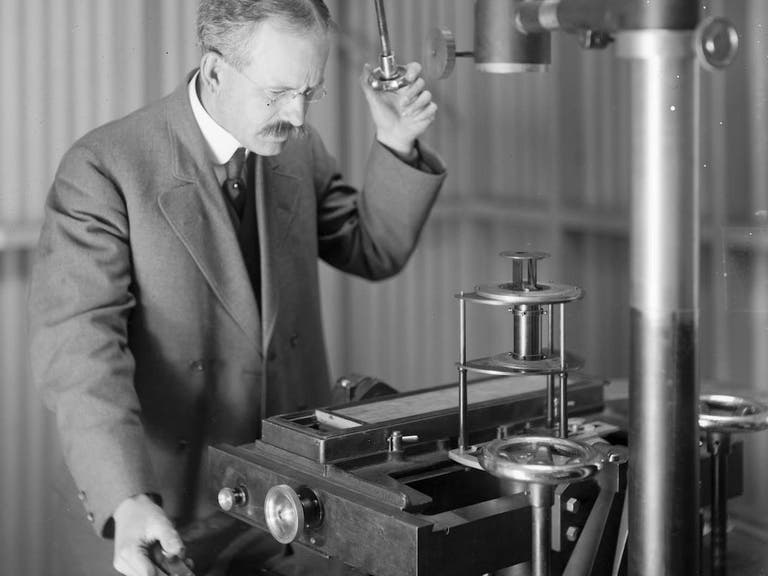
1. Mount Wilson's founder, George Ellery Hale was one of the most famous scientists of his era
George Ellery Hale may not be a household name today, but the founder of Mount Wilson Observatory was one of the most famous scientists of his time. Whether you realize it or not, Hale's work went on to play a huge role in both astronomy and Southern California history. Says Dan Kohne, a trustee of Mount Wilson Observatory who showed me around the site, "Science in Southern California comes down to Hale in a lot of ways."
As Kohne points out, Charles Darwin's theory of evolution had made a big impact during the latter half of the 1800s and went on to influence other scientists. Hale, too, was interested in evolution but he was studying the stars - more specifically, the sun. Hale had been working with the University of Chicago, but in order to pursue his scientific interests he moved out west. "He wanted to build bigger and better telescopes and he came out looking for the best place to put telescopes and found Mount Wilson," says Kohne. Mount Wilson became home to a succession of large telescopes used to study the sun, including the Snow Solar Tower Telescope, the 60-foot Solar Tower Telescope and the 150-foot Solar Tower Telescope. Then, there were the massive telescopes used to study the night sky - both the 60-inch telescope and 100-inch telescope were the largest of their kind when they were built.
Hale made several discoveries about the sun. He also helped spark enthusiasm about astronomy and astrophysics. Kohne notes that Mount Wilson's popularity led to the founding of Griffith Observatory, a more accessible destination for city dwellers that focused on educating the community, rather than research. He founded CalTech too. He's also the namesake for the 200-inch telescope at Palomar, near San Diego, which he had begun developing in the 1920s but wasn't completed until 1948, years after his death.
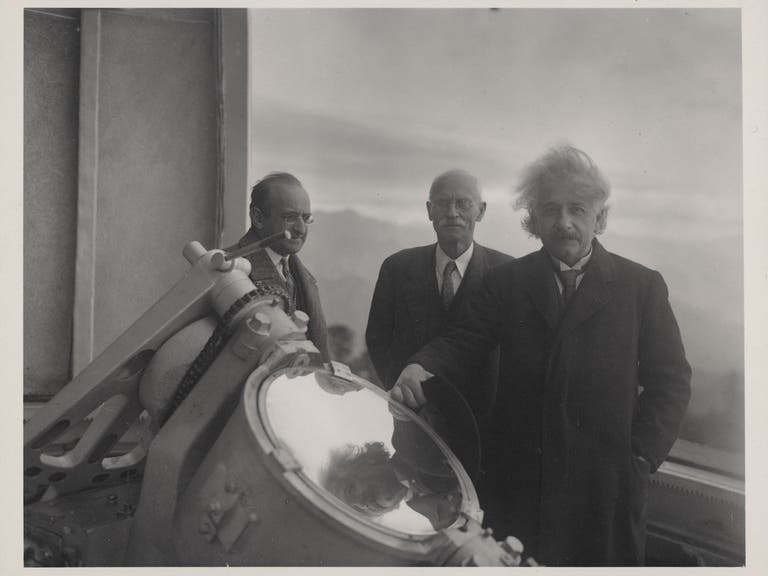
2. For the first half of the 20th century, Mount Wilson was a destination for scientists and tourists
When you visit Mount Wilson, you'll notice the cluster of television and radio broadcast towers near the observatory. Kohne notes that back in the day, there was a hotel in this area. There was a rail line that brought visitors to the mountain and they could spend the weekends here, gazing at the stars through telescopes once night fell.
Moreover, Mount Wilson was a destination for scientists. Albert Einstein visited the observatory several times. Many more used these telescopes to study, and in the process made many discoveries. Amongst the scientists who worked out of Mount Wilson was Margaret Harwood, who in 1923 became the first woman permitted to use the facility.
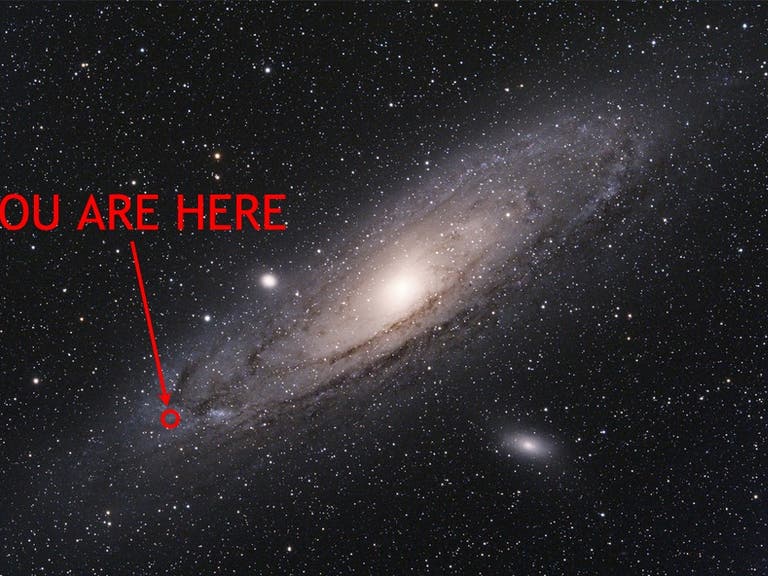
3. Mount Wilson's telescopes helped astronomers understand our place in the universe
Out of all the research that happened at Mount Wilson, two discoveries helped us better understand our place in the universe. Harlow Shapley was at Mount Wilson when he figured out the size of the Milky Way. In doing that, Kohne explains, he showed that our solar system wasn't at the center of the galaxy.
Similarly, Edwin Hubble made his own discoveries, leading to his calculation of the distance to Andromeda. Both of these discoveries helped shape 20th century thought - not just what we know about space, but how future scientists would study it. "It certainly changes the focus and study and culture and knowledge and science and what we're going after," says Kohne.
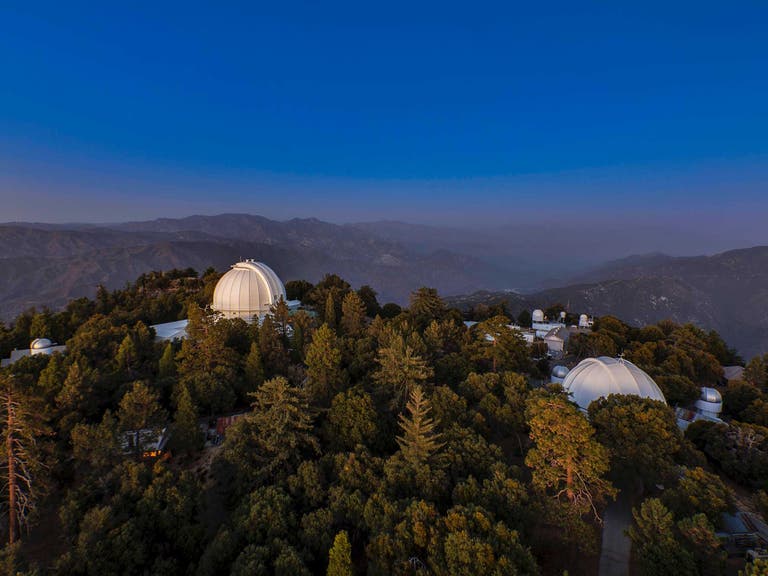
4. Science is still happening at Mount Wilson
Mount Wilson was a center of astronomy in the first half of the 20th century, but times change. The introduction of the 200-inch telescope at Palomar in 1948 led astronomers further south in California. As the cities below the mountain continued to grow, light pollution eventually became an issue too. Still, scientific study hasn't disappeared from Mount Wilson Observatory.
Georgia State University has an array of six CHARA (Center for High Angular Resolution Astronomy) telescopes here, which they use for a variety of projects in their study of the sky. Meanwhile, Mount Wilson has carried on with a century-plus tradition of sunspot drawings.
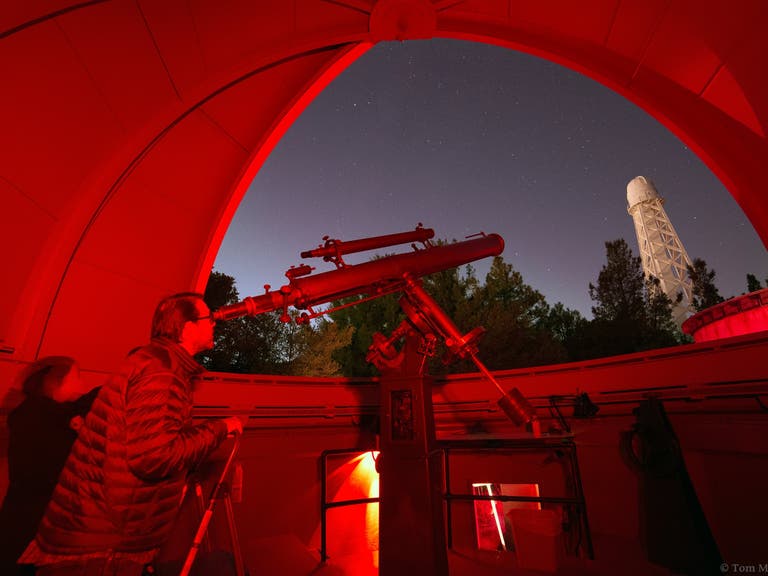
5. The 60-inch and 100-inch telescopes are available for the public
The 60-inch and 100-inch telescopes are so named for the diameter of the mirrors that are used to reflect the sky. They are actually massive tools that are housed in large dome structures. As Kohne points out on our tour, these kinds of telescopes are typically used more like cameras than for viewing. That said, the fact that the public can actually use these telescopes is unusual.
There are a few ways that people can peer through these telescopes. One is by attending the monthly Saturday lectures, which often conclude with time at the telescopes. You can also get a group together to reserve a night session inside either the 60-inch or 100-inch telescope dome. A third option is to attend one of the public ticket nights that are held throughout the year - you buy a ticket just for yourself and view with a group.
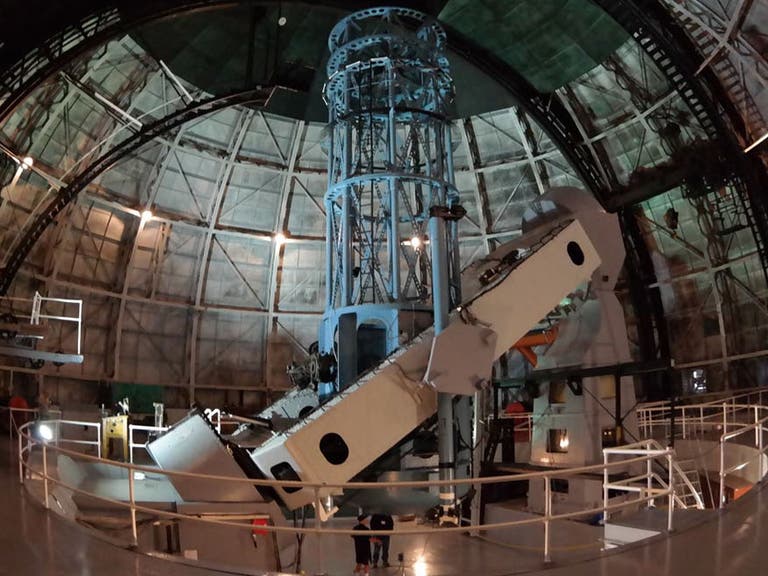
6. There's a mini-museum inside the 100-inch telescope dome
You'll find Mount Wilson Observatory's main museum, the Astronomical Museum, located outside of the auditorium. Amongst the items here are facsimiles of correspondence between Hale and luminaries like Nikola Tesla and Albert Einstein.
There's also an adjunct museum that's tucked into the bottom level of the 100-inch Telescope Dome. If you take a docent-led tour, you might be able to walk through here. It's also accessible after the observatory's monthly Saturday lectures and monthly Sunday concerts. You'll find vintage telescopes, mirrors and other items that helped keep the observatory working.
7. There's an illusion waiting for you in the 100-inch telescope
The 100-inch telescope dome rotates and sometimes - maybe if you're here for a concert or a school field trip - someone will rotate it while you're inside. If this happens, you might scratch your head and wonder, is the center of the room turning or are you?
"Even Einstein was fooled," says Kohne. He also says that, for the kids, this is a highlight of the field trip.
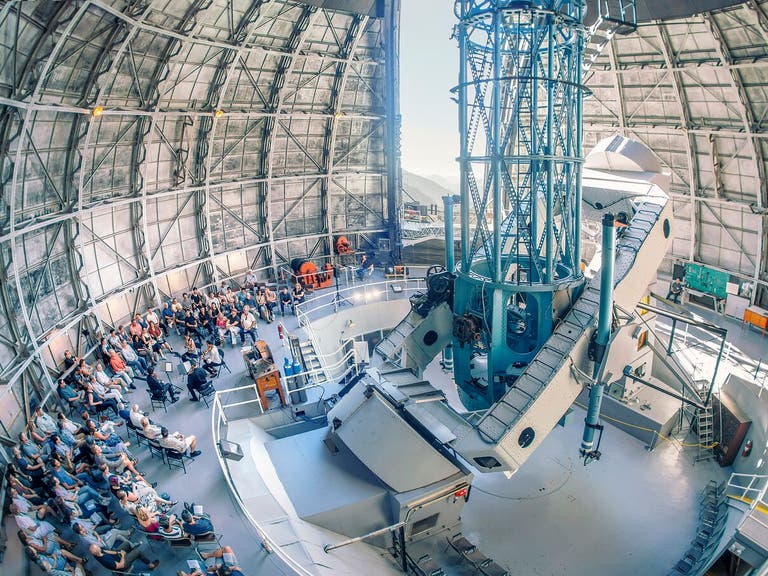
8. Mount Wilson hosts monthly talks and a concert series
Mount Wilson has two regularly scheduled monthly events for the public. The observatory's monthly Saturday evening lecture series takes place in the auditorium beginning at 5:30 p.m. After that, guests will have the chance to view the sky through either 60-inch or 100-inch telescope until about midnight. Capacity is limited to 250 people and, with tickets priced at $25, the talks tend to sell out.
Mount Wilson hosts a concert series on the second Sunday of the month featuring two afternoon performances (3 p.m. and 5 p.m.) inside the 100-inch telescope dome. Tickets are $50. The 2020 season begins on April 12 with the full concert schedule TBA.
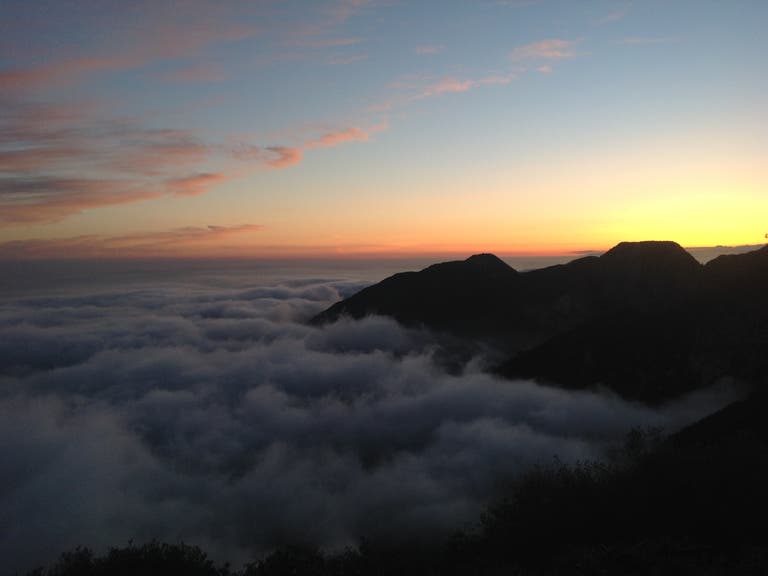
9. When visiting, keep up-to-date on the weather
Standing one mile above sea level, you can expect the weather on top of Mount Wilson to be a bit different than it is in the city. On some days, it might just be slightly cooler and you should dress accordingly. More severe situations like snow can affect your trip significantly. The observatory closes during hazardous conditions and its website warns that post-storm ice on the roads can be detrimental to your drive. Mount Wilson's website provides information on road closures and various links to keep tabs on weather conditions for your trip.
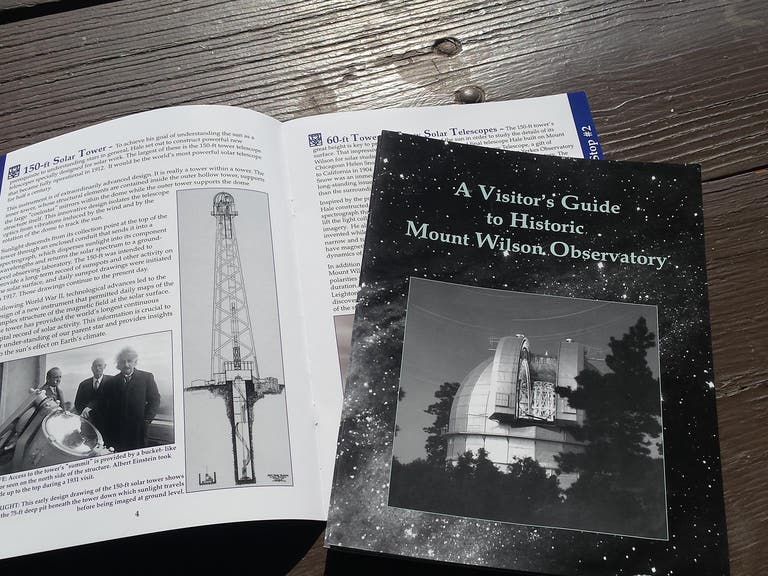
10. Plan to spend an afternoon here
Mount Wilson isn't that far outside of Los Angeles, but the narrow, winding roads to your destination can make for a drive that's about an hour from Downtown L.A. Plan to make the most of your day here. Public tours are estimated to last up to two hours and those are available at 11:30 a.m. and 1 p.m. during the regular season for $13-15 per person. To visit at your leisure, you can take a self-guided tour using a brochure that's available to download on the Mount Wilson website. Hikers should note that there are multiple trails near the observatory to explore as well. For food, the Cosmic Cafe is open from 10 a.m. to 5 p.m. on Saturdays and Sundays during the regular season.


